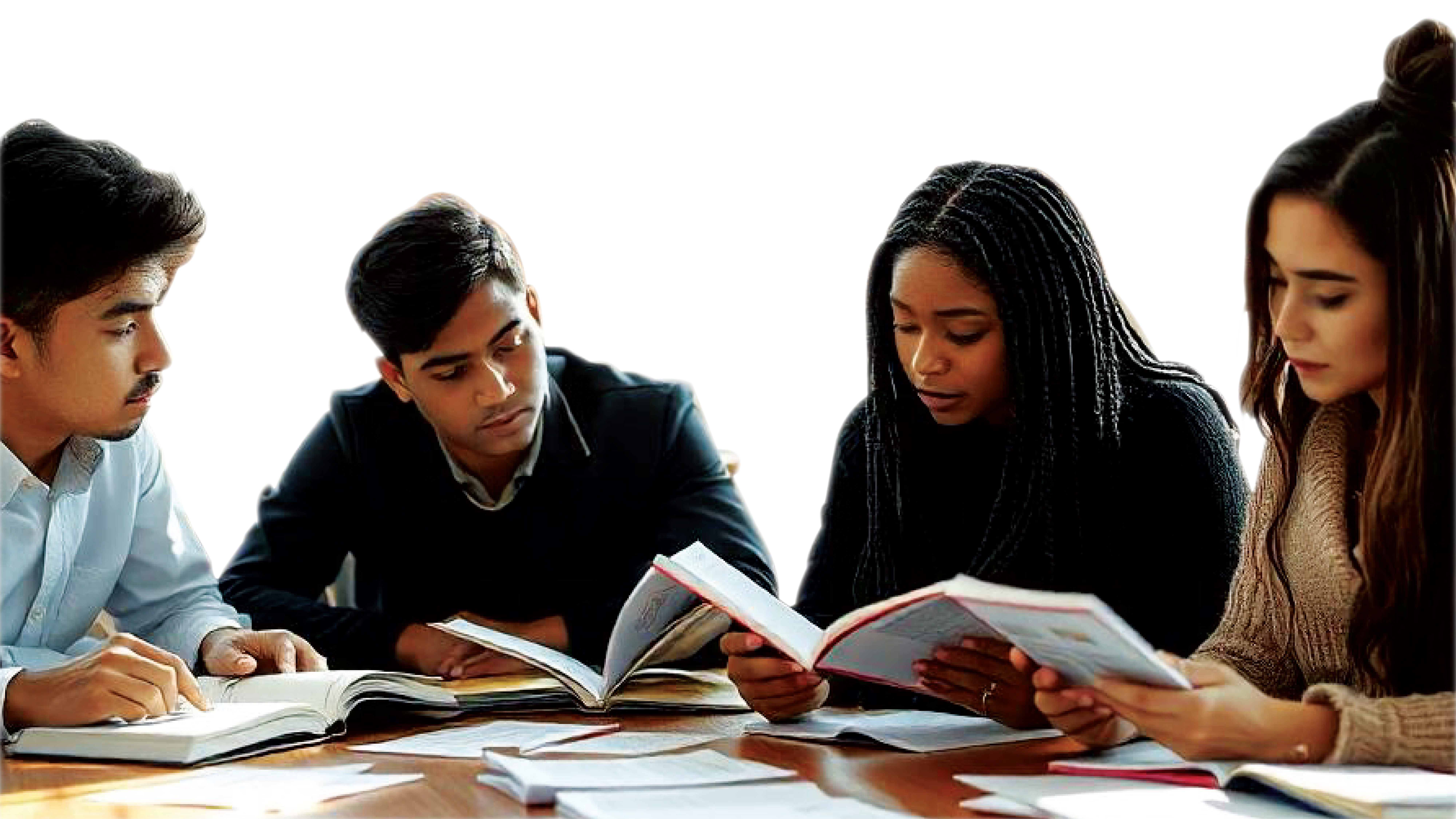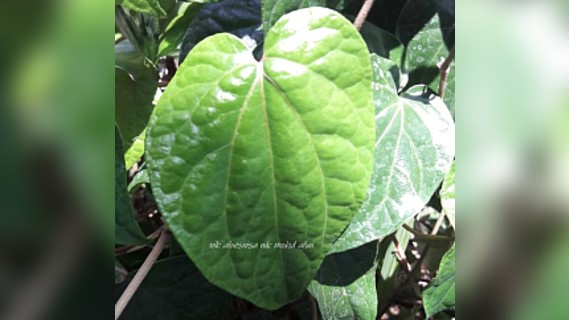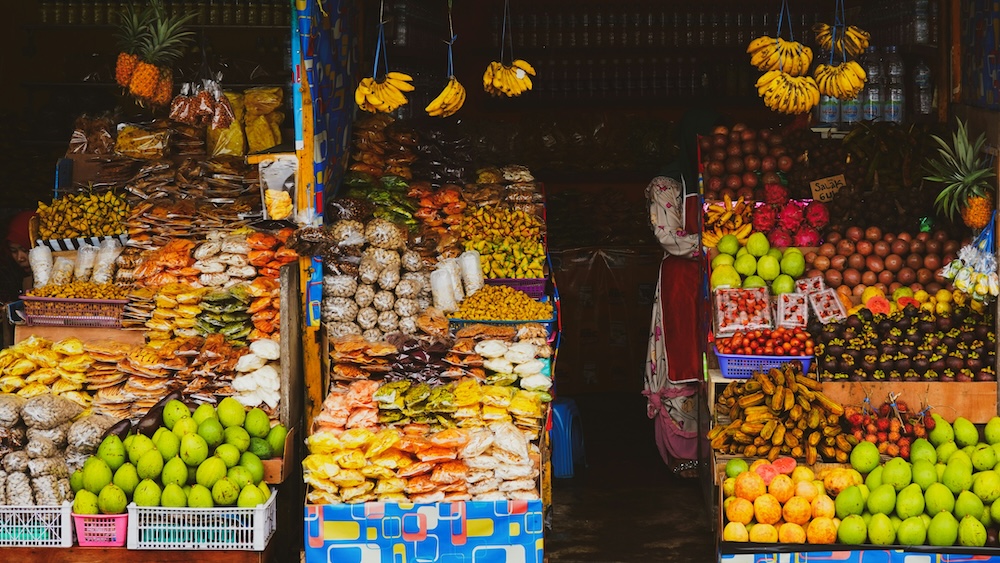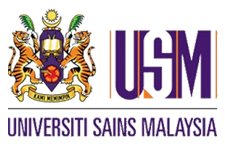Translation refers to “the process of making a substitute in one language for something which was at first written in another” (Hawkes, 1971, p. 94). The task, is however, much more complicated than it appears because it requires more than a shift of linguistic data from a source text to a target text.
Language is not an independent means of human expression, but is complicatedly intertwine with numerous other elements of the process, many of which are not linguistic but instead, cultural and can elude translation effortlessly because these “paralinguistic” components are not obvious in the text in the first place. This nature of human expression is particularly true with the poetic language, perhaps the most intricate form of all human expressions (Owen, 1975). In his article “Chinese Poetry and the English Reader,” David Hawkes (1975) discussed the challenges of translating classical Chinese poetry into English and proposed that the least reproducible aspect of Chinese poetry is the formal one such as the tonal pattern, meter and rhyme.
According to Frost (1961), “The figure a poem makes: it begins in delight and ends in wisdom”. Therefore, translators must understand the real purpose behind the translation of each work and to give their best in deciphering “what gets lost in translation” so as to retain the intended meaning of the poet. This aim of this article is to explore how the Chinese poem “Duan Ge Xing” can be translated, to describe some of the challenges faced during the translation process and relating the solutions to the strategies used in producing a “complete” poetry translation.
Duan Ge Xing
“Duan Ge Xing” by Cao Cao is an imitation of Yuefu, the most influential poem in Jianan literature, not only in terms of ideology but also in terms of its aesthetic achievements. The poem was created under a moon-lit night after attacking and territorializing Xiangyang, where a feast was laid beside the Han River in the Ninth Month of the Thirteenth Year of Jianan Cao Cao’s poem written under the inspiration of the wine and songs. In “Duan Ge Xing”, there were quotations from Zijin and Luming which portrays Cao Cao’s sincerity in hosting the feast and at the same time expresses his expectations to unite the country. This poem demonstrates fully Cao Cao’s personality, aspirations and foresight.
Procedure of Translation
According to Chomsky (1957; 1965), the basic of structural relations as in generative-transformational model are the kernel sentences, which are simple, active, declarative sentences that require the minimum of transformation. Nida (1964) adapted key elements of Chomsky’s model into his own model of translation. In particular, Nida sees that it provides the translator with a technique for decoding the source text (ST), and a procedure for encoding the target text (TT). All languages have several basic kernel structures whereby kernel are the level at which the message is transferred into the receptor language before being transformed into the surface structure in three stages: “literal transfer”, “minimal transfer” and “literary transfer”.
Cao Cao’s poem, “Duan Ge Xing” undergoes the three stages mentioned above. Literal transfer is carried out as the first stage of translation. The poem is transferred word-for-word so as to get a brief idea. This is considered as stage one whereby no word is changed or substituted. Minimal transfer then takes place as the second stage whereby the sentences from stage one is refined through the change in position of words and also the substitution of words. Literary which is also the last stage of this process is performed by improving the sentence structure of the poem, taking in consideration the intended meaning of the source text in order to achieve a faithful translation.
Problems
A type of challenge faced by the translators when translating the poem was the linguistic problems. As one Chinese character is enough to portray abundant emotions and feelings, the translators found it hard to deliver and transfer the message and sense while preserving the aesthetic features. This is because elaboration/explanation/addition strategies are needed in order for the translated text segments to make sense.
Besides that, the aesthetic value of the poem is also one of the major problem that translator faced during the translation process. The poetic structure of this poem restricts the translator from making too much alteration in the structure as it would affect the poem as a whole, the shape and also the balance of individual sentences in each line. For example,
周公吐哺。天下归心。
Humility conquers the world.
The word 吐哺 (tǔ bǔ ) brings the meaning of spitting out the food before eating again to show that 周公 ( Zhou Gong ) is a humble man who is willing to stop his meal just to help those common people. However, due to the structure of the poem, the stanza is translated as one sentence.
Next is the cultural problems whereby there were certain words without equivalent correspondences in English. For instance,
我有嘉宾。鼓瑟吹笙。
Honoured guests I have, strike the zither! Blow the sheng!
The word 笙 (sheng) is a Chinese mouth-blown free reed instrument consisting of vertical pipes. Nevertheless, there is no word to replace ‘sheng’ and therefore, it is translated as ‘sheng’ in both Chinese and English, i.e., borrowed. Therefore, the poem was translated as below:
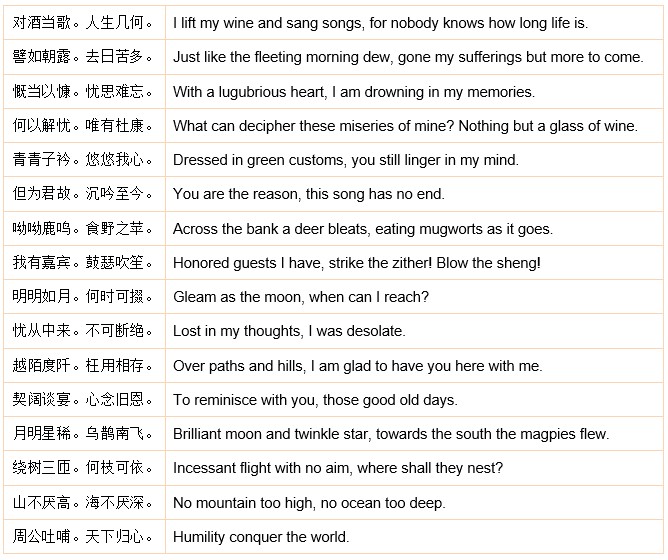
Conclusion
In order to comprehend the deep implication of a poem, translators should be equipped with a wide array of inter-textual knowledge of the source language and also the target language, both in the actual elements of language system and in units of culture. The translators should strengthen their socio-cultural and cross-cultural linguistic competence by acquiring more sociological knowledge concerning the social and cultural background, social norms and cultural difference. Through these ways, they will be able to enhance their own inter-textual knowledge of the source language, be able to translate with fidelity to the poet and at the same time, preserve the intended meaning and sense of the source text as it is.
Acknowledgement
I would like to thank Sieo Wen Min and Tee Yee Han from the Faculty Of Social Science and Liberal Arts; UCSI University Malaysia for their sincere contribution to this study.
References
Chomsky, N. (1957). Syntactic Structures, Gravenhage: Mouton.
Chomsky, N. (1965). Aspects of the Theory of Syntax, Cambridge, MA: MIT Press.
Frost, R. (1961). Conversations on the craft of poetry. New York: Holt, Rinehart and Winston.
Hawkes, D. (1971). Chinese poetry and the English reader. In R. Dawson (Ed.), The legacy of China (pp. 90-115). London: Oxford University Press.
Nida, E. A. (1964). Toward a science of translating. Leiden: E. J. Brill.
Owen, S. (1975). The limits of translation. Yearbook of Comparative and General Literature, 24, 83-93.


